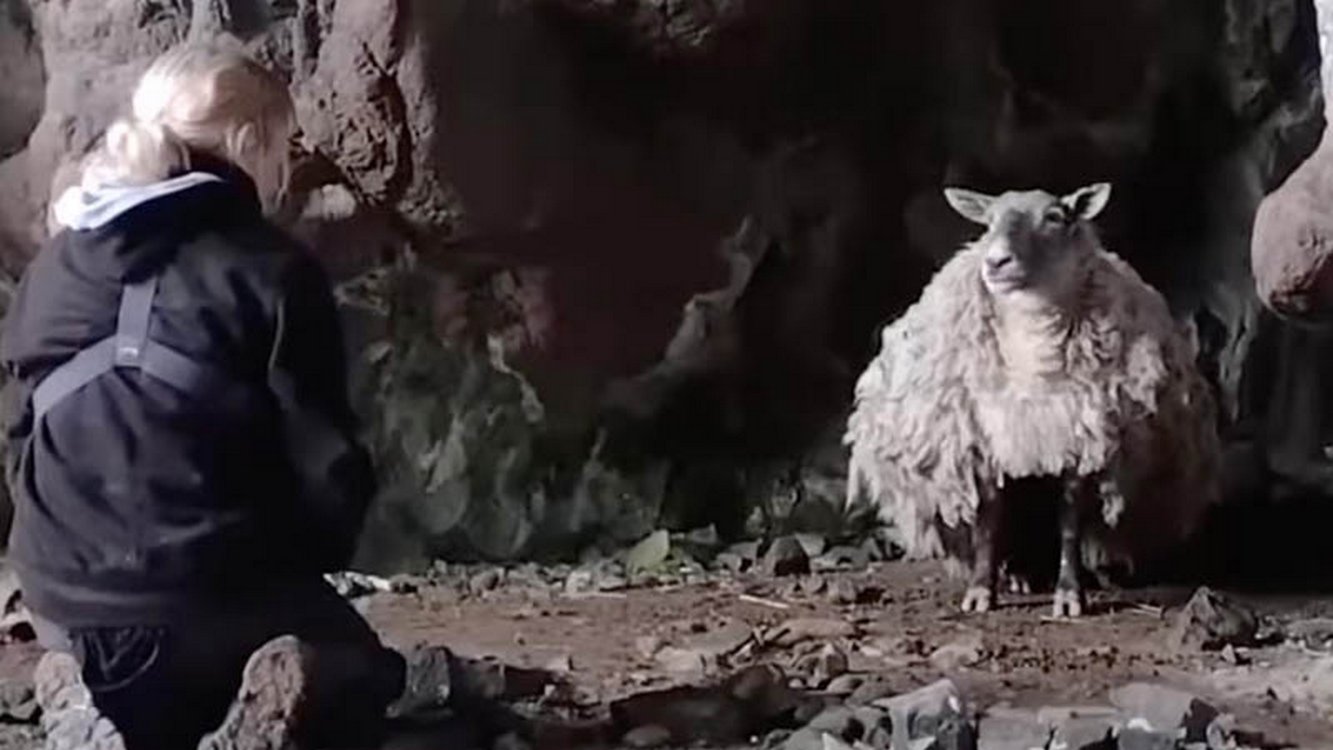
Scientists have found a way to help dentures better stick to the mouth—which is a bigger problem than you think—by mimicking the powerful suction cups found on octopus tentacles.
Since 1 in every 10 users of dentures have trouble keeping them in place, they sometimes have to resort to various denture cements and adhesives to keep them in their mouth.
These are as widely unpopular as they sound; with users claiming they are unhygienic, unpleasant, and change the taste of food.
However, scientists from King’s College London (KCL) believe they have finally found an alternative to these products—one that is modeled on the octopus.
The team from the KCL Faculty of Dentistry, Oral, and Craniofacial Sciences, explored how they could replicate the process that helps these animals to stick to slippery surfaces in the sea.
Octopuses have suction cups on the underside of their tentacles which create a negative pressure vacuum that fixes them firmly to things like rocks.
The team theorized that something similar could be done for dentures, allowing them to attach to the soft mucosa of the mouth. For the first time ever, tiny suction cups have been designed into 3D-printed dentures.
Analysis of the models shows that these new dentures have twice the amount of retention as standard ones but are thankfully not so strong that users cannot remove them from their mouths.
“Having worked with denture wearers, who I often see in clinic, for several years, I really wanted to improve their experiences,” said lead author Dr. Sherif Elsharkawy, from King’s College London. “Octopus suckers seemed like the perfect place to start.”
“I first had the idea to replicate sticky surfaces in nature while biting into a peach. I noticed how the furry skin stuck to the palate of my mouth and decided to investigate other sticky surfaces in nature.”
INSPIRED BY ANIMALS: Less Invasive Way to Collect Blood Is Inspired by Leeches and Needs No Medical Training
“By mimicking the ingenious adhesive strategies found in octopus suction cups, we have developed a prototype that offers improved grip and comfort in even the most demanding oral environments,” said Dr. Elsharkawy.
It has always been popular in engineering and inventing to rely on inspiration from nature. This kind of “biomimicry” shows how many ready-made solutions can be found in nature.
MORE BIOMIMICRY: Indian IT Worker Designs New Eco-Friendly Sewage Treatment Method with the Sacred Cow as His Inspiration
“It’s inspiring to see how insights from nature, combined with cutting-edge manufacturing techniques, can lead to innovations that improve both functionality and patient satisfaction,” Dr. Eda Dzinovic, researcher in dental materials, added.
“Contributing to this project has been an incredible opportunity to push the boundaries of dental material science.”
Give Your Friends A Bite Of This News By Sharing It On Social Media…



















